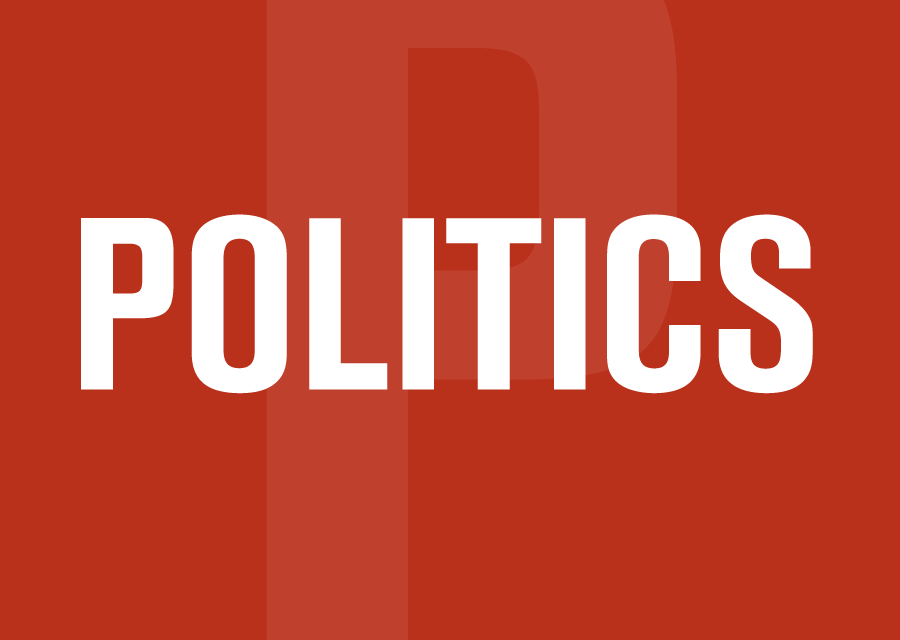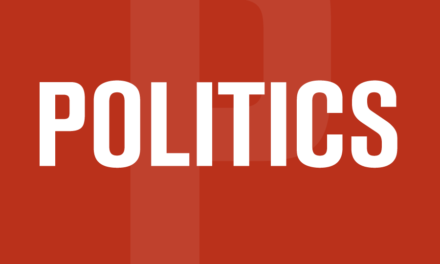When the history of this era is written the federal election campaign of the past five-plus weeks may rate only a sentence or two in the saga of our country’s response to the rise of authoritarianism next door.
The campaign itself was something of a non-event. After Trudeau stepped aside and Carney arrived to face the Trump threats a new political alignment took shape in the early months of 2025, creating a two-way contest between the Liberals and Conservatives, pitting the technocrat against the Trumpy populist. According to Leger, Canada’s top-rated polling firm, there was virtually no change in party preference from when the campaign started on March 23 and the weekend before people went to the polls.
But before moving on from the election result to the daunting challenges shaping our future it’s worth revisiting a subject from a couple weeks ago – the impact on the election of strategic voting gone awry, discussed HERE.
Strategic voting, combined with first-past-the-post was projected to hand a number of former NDP seats to the Conservatives in British Columbia and Alberta. Paradoxically this would be the result of the sudden surge of Liberal support arising from the Trump threat that dominated the election campaign and the months leading up to it. Those predictions were borne out on election day.
The New Democrats came into the campaign with 13 seats in B.C. They lost ten of them. Five of those losses were to the Liberals in Vancouver and Victoria, and while salvaging one endangered seat, five more to the Conservatives in rural areas where their chances were hurt by a rise in support for the Liberals. They also lost a seat to the Conservatives in Edmonton where the same dynamic was in play, and another in Manitoba.
That’s a total of seven seats that went from the NDP to the Conservatives where strategic voting played a part. That’s 40 percent of the 17 seats the NDP lost in the election, costing the party its official status in the House of Commons and giving the Conservatives a louder voice.
Table 1 shows gains and losses for the parties in percentage points from 2021 to 2025 in the five British Columbia seats the NDP lost to the Conservatives.
Table 1: Change in vote share by party 2021 to 2025
| Riding | Winner percent | NDP change | Lib change | Con change | PPC change | Grn change |
| Cowichan-Malahat | 37.2% | -10.4pp | +12.2pp | +9.2pp | -6.0pp | -4.0pp |
| Nanaimo-Ladysmith | 35.2% | -10.7pp | +13.9pp | +8.2pp | -4.6pp | -7.8pp |
| North Island-Powell River | 38.8% | -7.4pp | +13.0pp | +2.8pp | -4.6pp | -4.1pp |
| Skeena-Bulkely V. | 47.2% | -2.7pp | +3.0pp | +11.2pp | -8.0pp | -2.8pp |
| Similkameen | 44.1% | -24.8pp | +25.1pp | +9.1pp | -6.0pp | -2.4pp |
The winning Conservative in each of the five ridings received less than 50 percent of the vote – in three cases significantly less. In every one of those ridings Liberal gains exceeded NDP losses.
Conservatives increased their share of the vote in all five ridings, and with the drop in support for the People’s party (PPC in column five) it is reasonable to assume that some of the gain came from that source. In effect, the right-wing voters coalesced around the Poilievre Conservatives while many centre-left voters switched support from the NDP incumbents to the Liberals, to the benefit of Poilievre’s party – and candidates like Aaron Gunn.
Gunn is the MP-elect for North Island-Powell River, who has been described by critics as “a residential school apologist with a history of sexist and transphobic positions” He managed only a slight increase in support from 2021, but thanks to a big jump in Liberal support at the NDP’s expense, and a sharp decline in support for the further-right PPC, he’s off to Ottawa after winning 38.8 percent of the vote.
The NDP candidate in North Island-Powell River – an Indigenous woman – received 32.6 percent, down 7.4 percentage points while the Liberal candidate received 26 percent, up 13.3 percentage points. Between them the NDP, Liberals and Greens got 60.5 percent of the vote, versus 39.5 combined for Gunn and a PPC candidate who received less than one percent.
Support for the winning Conservative in the riding of Nanaimo-Ladysmith was even lower at 35.2 percent, with the Liberals, NDP and Greens combining for 64.4 percent of the vote. In recent past elections, before the Liberal surge, the seat has gone back and forth between the NDP and the Greens.
Table 2 shows two other ridings where a rise in support for the Liberals may have helped Conservatives defeat NDP incumbents, and a third riding, Kitchener Centre, where Green Party incumbent Mike Morrice suffered the slings and arrows of strategic voting.
Table 2: Change in vote share by party 2021 to 2025
| Riding | Winner percent | NDP change | Lib change | Con change | PPC change | Grn change |
| Edmonton-Griesbach | 45.9% | -6.4pp | +4.1pp | +8.9pp | -5.1pp | -0.4pp |
| Elmwood-Transcona | 41.6% | -13.5pp | +17.6pp | -2.4pp | -0.4pp | -0.6pp |
| Kitchener Center | 34.2% | -15.0pp | +13.3pp | +10.4pp | -7.0pp | -1.4pp |
In Edmonton-Griesbach the 2025 campaign was a re-match of a tight race between the NDP and Conservatives that took place in 2021. The outcome in 2025 may have had as much to do with former PPC votes going to the Conservatives as Liberals gaining votes from the NDP.
That was not the case in Elmwood-Transcona, the Winnipeg-area seat long represented by the late Bill Blaikie and more recently by son Daniel who resigned last year, setting up a by-election. Leila Dance won the by-election for the NDP, picking up 48 percent of the vote, to 44 percent for Conservative Colin Reynolds and a mere 4.8 percent for the Liberal candidate.
But as table two shows, the same Liberal candidate who received less than five percent of the vote a year ago increased his vote by 17.6 percentage points in 2025. He took vote share from all the other parties, but mainly from the NDP, thereby handing the seat to the Conservatives.
The pattern was a bit different in Kitchener Centre, one of two seats held by the Green Party in the last parliament. There, the drop in the People’s party vote probably helped the Conservatives but voters who abandoned the NDP – its support dropping to a mere two percent from 17 percent in 2021 – seem to have gone to the Liberals rather than the Greens. That allowed the Conservative candidate to edge Morrice by 356 votes and only 34.2 percent of the votes cast.
So half the Green contingent in Ottawa is gone, replaced by the candidate of a party with no climate change policy worth talking about. Green leader Elizabeth May, who managed to withstand a Liberal challenger to hold her Vancouver Island seat, had this too say about Mike Morrice’s fate:
“Nobody thought a Conservative could win there. Ironically, it was the number of people who thought voting Liberal would somehow help Mark Carney, and they left their favourite MP to lose to a Conservative…we didn’t see it coming at all.”
Maybe both the Green Party and the NDP should have seen these results coming. The polarization that has now taken a firm grip has been building for years as parties increasingly try to attract votes by demonizing the other side, encouraging people to vote not for their preferred candidate but strategically for the one they think has the best chance of beating their least favourite.
The trend began 25 years ago with the emergence of a hard right Conservative party. Justin Trudeau proposed a type of electoral reform – the ranked preferential ballot – as a way to soften the extremes. But he abandoned the whole effort when others put forward different ideas about how to fix the system.
There are those who have questioned whether Trudeau was ever serious about reforming the system to get rid of first-past-the-post. But had advocates for change taken him at his word and backed the reforms he espoused there would be fewer polarizing figures like Aaron Gunn being elected to parliament. NDP, Liberal and Green supporters could have stuck someone like him at the bottom of their ballots and voted in order, and without fear, for their preferred centre-left candidates.
-30-




